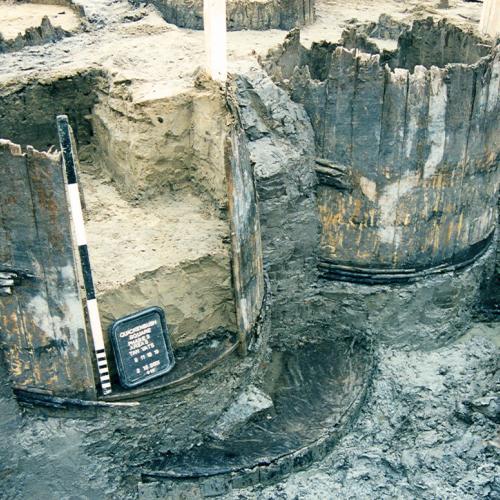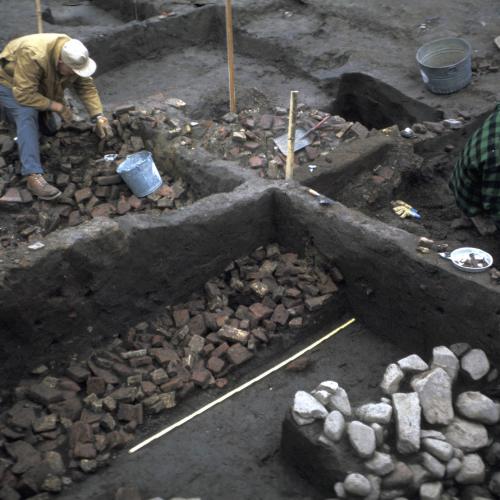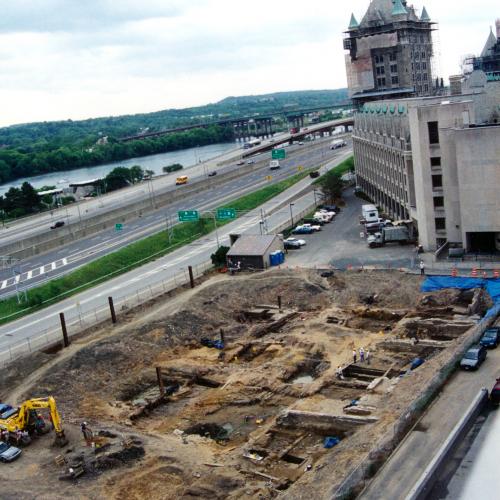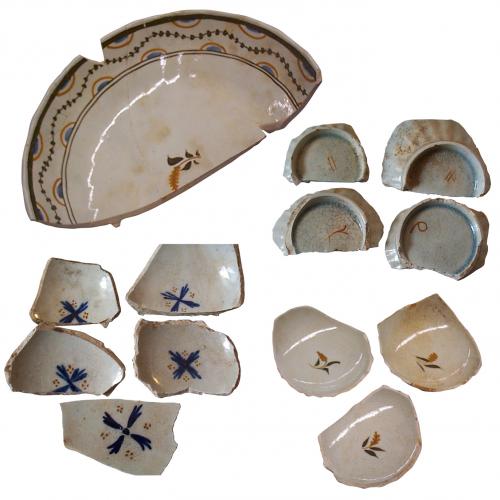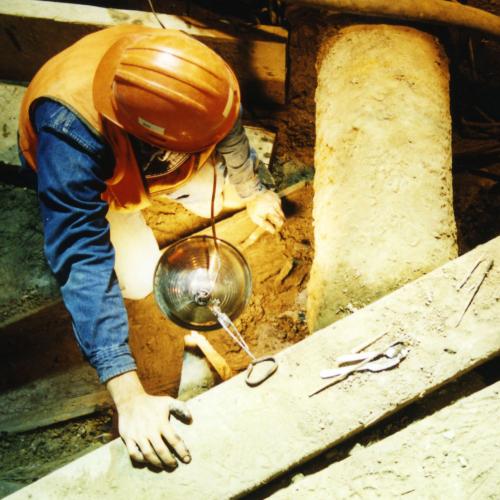
Beneath the City: An Archaeological Perspective of Albany
Beneath the city's streets, sidewalks, backyards, and buildings are layers of soil containing items the former residents made, used, and threw away. Each recovered object reveals a clue about the people who once called the Capital City home.
Albany is a defining artifact of New York society. It is one of the oldest European cities in North America: a permanent settlement was established in 1614 on Castle Island and continuous settlement began in 1624 with the establishment of Fort Orange. The town of Beverwyck, just to the north of Fort Orange, became Albany after the English peacefully took over the Dutch colony in 1664. Albany developed as a Dutch settlement among Native Americans, then it was a Dutch settlement under English rule. This helped to produce a distinctive American city.
Archaeological Research
Research in Albany demonstrates how archaeology can provide us with a unique way of learning about our past. Some of these discoveries and their meaning in the history of the city and New York State are presented here. They can be seen through the exploration of an early seventeenth century Dutch settlement, an eighteenth century rum distillery, the expansion of the city from the initial settlement, and the daily life of residents in the past.
Quackenbush-Douw Distillery
Excavations at the location of a proposed parking lot exposed the remains of a 1750s rum distillery with an astonishing 21 wooden fermentation vats, a wooden piping system and stone bases for two sills. Two of these vats are on display in a climate-controlled case.
Fort Orange
While city development typically destroys historical sites, evidence of the Dutch-built Fort Orange remained undiscovered for nearly 400 years! Fort Orange was built by the Dutch West India Company in 1624 in the area that would eventually become Albany.
18th-19th Century Waterfront Structures
Excavation at the SUNY Construction Fund Parking Garage site showing remains of 18th and 19th century waterfront structures. The Hudson River is in the background. The 17th century river shoreline was located along the street in the lower right.
Pottery Dump
Visit a recreation of an unusual pottery dump as archaeologists would have encountered it in the field. The discarded pottery includes types such as English pearlware, undecorated creamware, redware, and Chinese export porcelain.



